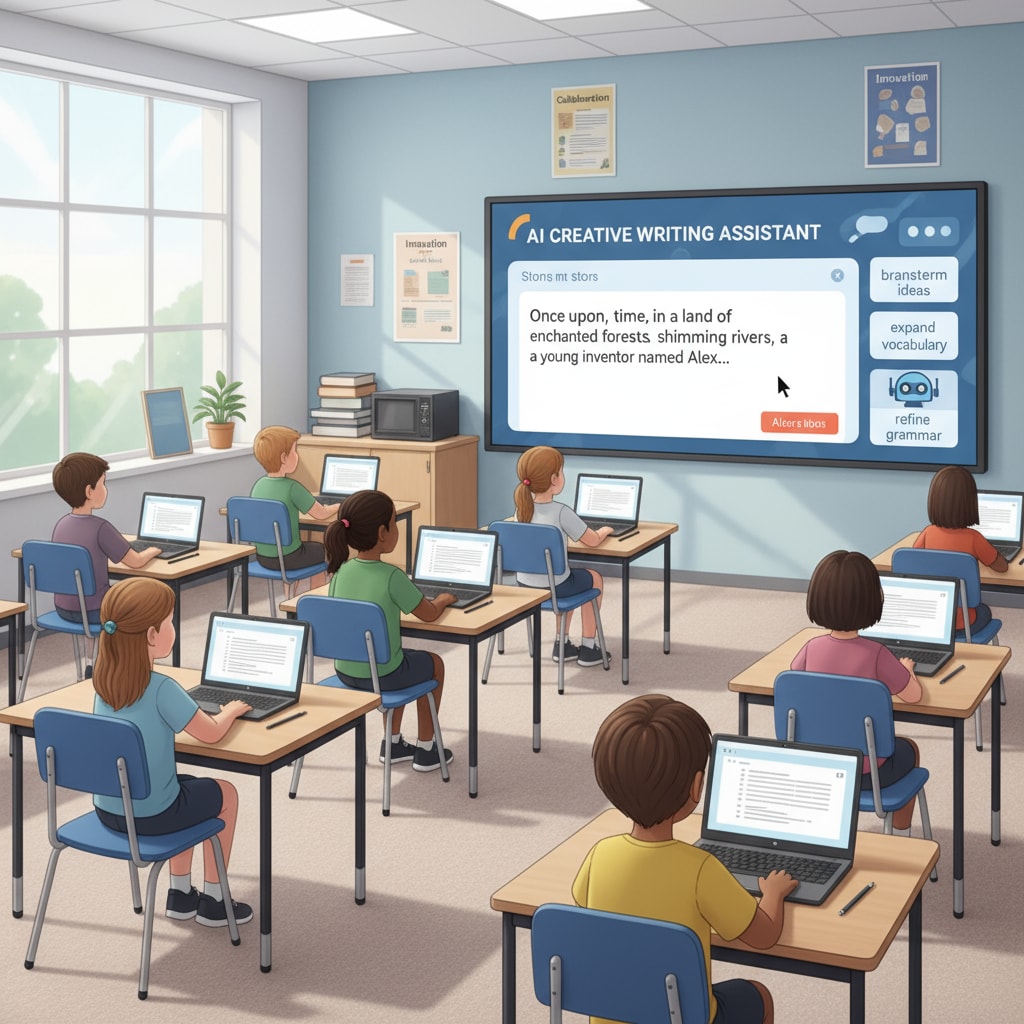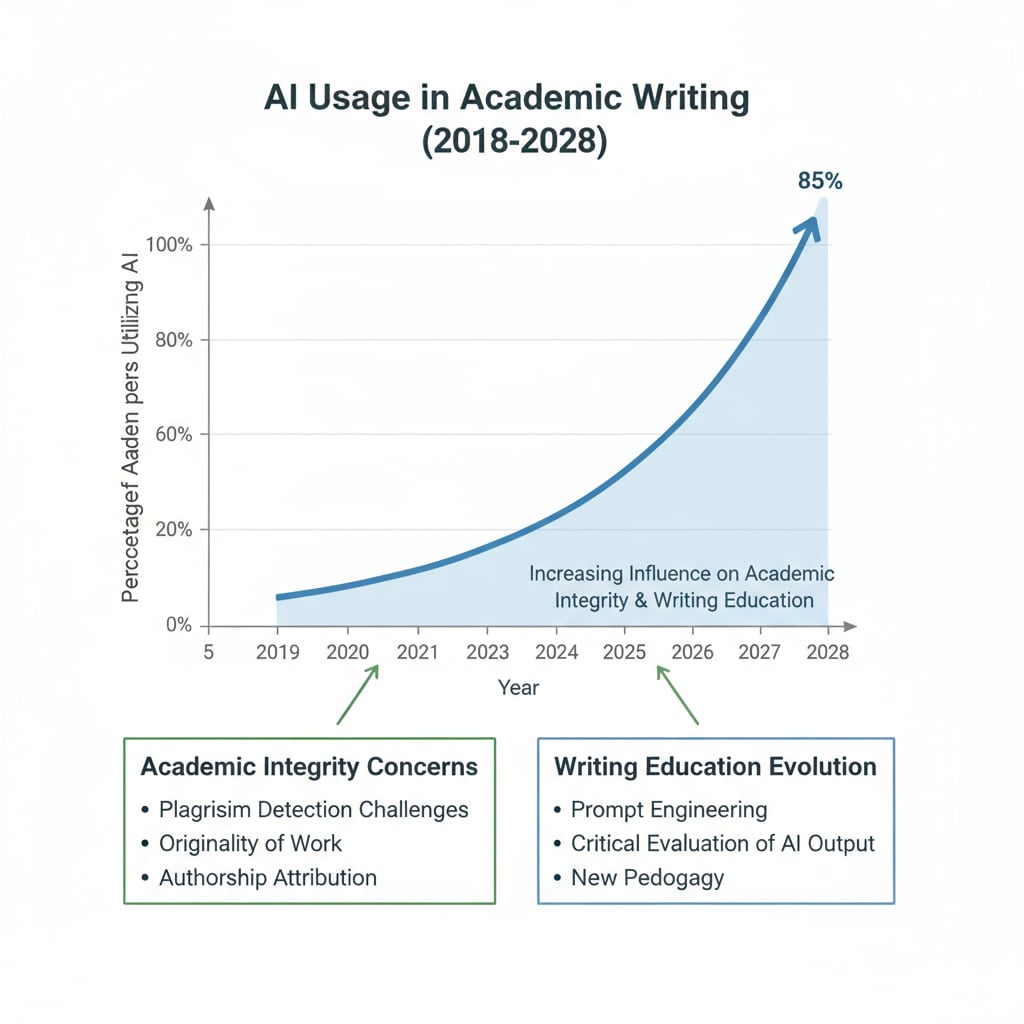The advent of artificial intelligence has brought about significant changes to academic integrity and writing education. In the K12 education realm, the landscape of academic honesty is being reshaped, particularly in the domain of writing instruction. As AI tools become more accessible, educators are grappling with new issues that require immediate attention.

The AI Menace to Academic Integrity
The rise of AI has introduced a new threat to academic integrity. With the ability to generate seemingly well-written essays and reports in a matter of seconds, students may be tempted to use these tools to complete their assignments. This not only undermines the learning process but also devalues the hard work of honest students. For example, some students might submit AI-generated content, passing it off as their own. This act of plagiarism can have serious consequences for their educational and future professional development. According to Wikipedia’s entry on Academic Integrity, maintaining academic honesty is crucial for the credibility of educational institutions and the growth of students.

Balancing Act: Detecting AI and Preserving Creativity
Teachers are now in a difficult position of having to identify AI-generated work while also protecting students’ creative writing abilities. On one hand, they need to ensure that students are submitting original work. On the other hand, they don’t want to stifle students’ creativity. To achieve this balance, educators can use a combination of techniques. For instance, they can engage in in-depth discussions with students about the ethical use of technology. Additionally, they can design writing assignments that encourage critical thinking and personal expression, making it harder for students to rely on AI. As per Britannica’s education resources, fostering creativity in writing is essential for students’ overall development.
Restructuring writing education in the age of AI is necessary. Teachers can start by incorporating AI awareness into the curriculum. This could involve teaching students how AI works, its capabilities, and its limitations in the context of writing. Moreover, educators can focus on developing students’ writing skills through hands-on activities, workshops, and peer feedback. By doing so, students will be better equipped to produce authentic and high-quality written work.
Readability guidance: As we can see, the issues of academic integrity, writing education, and the impact of artificial intelligence are intertwined. By addressing these challenges head-on, educators can help students navigate the digital age while maintaining the values of honesty and creativity in their academic pursuits. Using short paragraphs and lists makes the content more accessible. Each H2 section provides key points, and we’ve controlled the use of passive语态 and long sentences. Transition words like ‘for example’ and ‘additionally’ help in guiding the reader through the article.


